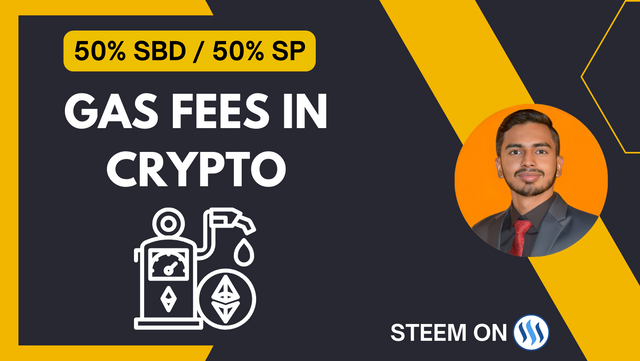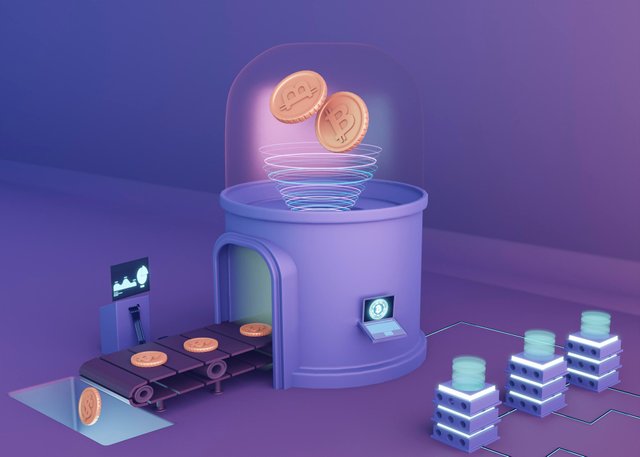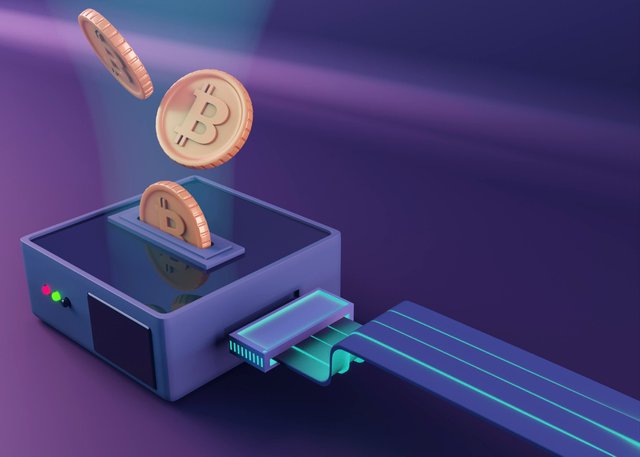The Concept of Gas Fees in Cryptocurrency Transactions

Introduction
Every time you send a cryptocurrency – Ethereum, for example – you pay a network some fee to use it. That’s called gas fee. Every transaction’s processing on the blockchain needs computational resources; thus, gas fees stimulate miners or validators to do that. Below I will explain the concept of gas fees.
Calculation of Gas Fees for Ethereum Transactions
The calculation of gas fee generally consists of two things, gas limit and gas price.
Gas limit is the maximum accumulated gas that you are willing to spend to process your transaction. For each operation you perform with your transaction, performing a smart contract, or otherwise, a certain amount of gas is spent. The gas limit means that the complexity of executing these functions surpasses or having another issue that costs more than you think than whether you want to send it. Depending on the amount of Ether used in the execution of a specific number of functions or operations that you set a low gas limit, it will cause a failure because there is not enough gas limit.
This is the rate you are willing to pay for each unit of gas, usually measured in Gwei (1 Gwei = 10^-9 Ether). With the gas price you are essentially telling the miners how quickly to process your transaction. By offering a higher gas price, miners have a greater incentive to prioritize your transaction, as it pays them more.
So, if you were to calculate the total gas fee for a transaction, the formula would be something like:
Total Gas Fee = Gas Units (Limit) x Gas Price Per Unit
Let's say, if you want to make a simple Ether transfer that usually takes 21,000 gas units, and you set the gas price to 30 Gwei per unit, then:
Total gas fee = 21,000 units x 30 Gwei/unit = 630,000 Gwei, i.e. 0.00063 Ether.
Also, when the network is busier, such as during ICOs or when there are more fluctuations in the crypto market, demand is higher and gas prices can be correspondingly higher. Users have to pay more to get their transactions processed faster.
Factors influencing the Gas Fees for Bitcoin Transactions
One interesting and also dynamic feature of Bitcoin transactions is gas fees, otherwise known as network fees or transaction fees. This aspect is fundamental to the smooth operation of the growing Bitcoin network, highlighting the principal practical motivation of miners. Yet what, in this regard, even determines the gas fees exactly? Below are some of the factors influencing Bitcoin transaction fees.
Network Traffic: The single most prominent factor that causes Bitcoin gas fees to rise is network traffic. More specifically, if more transactions are passing through the Bitcoin network, each one of them will face more competition to be picked up by a block. In terms of real-world analogy, think of purchasing tickets for a cricket match at a substantially tinier stadium when compared to the number of spectators. People would be willing to pay more for tickets there since there is a lot of demand with limited options. Similarly here, more busy networks require higher fees to elevate priority.
Transaction Size: The size of each transaction is also an important factor in Bitcoin. Transaction size is measured in bytes, and this size depends on how many inputs are in the transaction. There are inputs and outputs. If your transaction uses more data, it will take more resources to process, and that means you'll pay more fees. It's a bit like walking out of a store with a large shopping bag; When you have more equipment, you have to put in more effort.
Transaction Priority: Some users want their transaction to be processed quickly, especially if they are sensitive about an important payment. In this case, they can prioritize their transactions by paying higher fees. By giving this tip, you're essentially telling miners to "process my transaction first." It's just like tipping at a restaurant where you pay extra for faster service.
Miners Fee Policy: Each miner or mining pool sets its own policy on the minimum fee it will accept. These fees usually cover their operational costs and profit margins. If more miners demand higher fees, the average transaction fee will naturally increase. In such an environment, if you pay a lower fee, your transaction may be delayed or never processed.
Strategies to Manage and Optimize Gas Fees
Gas fees can be a major concern for those conducting cryptocurrency transactions, but by adopting a few smart strategies, you can greatly reduce this concern. These strategies will help you save money during your transactions and allow you to manage digital currency more efficiently. Let's take a look at some smart tips and strategies:
Off-Peak Transactions: I would say the first and easiest way is to perform transactions when there is less burden on the network. For example, it could be done by weekend days or time when people are less active . At this time the gas fee is quite low and there is almost no congestion on the network. You can check real-time gas price data using special tools “ EthGasStation ” or “ GasNow ”, so you will get the opportunity to know when the network is less busy.
Setting Gas Price Limits: Some wallets provide an option to set a maximum gas price for all your transactions. As a result, you may choose not to have your transaction executed in the event of fees that exceed the established threshold. While this might protect you from excessive charges, it also could postpone your trade if the network stays congested.
Adjusting Transaction Speed: You can adjust the priority of your transaction. If your transaction is not so urgent, you can choose the option of slow transaction speed by paying less fee. This will slow down your transaction processing, but you'll save a lot on gas fees.
Using Layer 2 Solutions: If you are working with blockchains like Ethereum, the active use of Layer 2 scaling solutions will be applicable. The outcome is that with the use of Optimism, xDai, and Polygon these solutions can lower the fees. Primarily, they are based on the underlying Ethereum network infrastructure but process transactions quicker and more efficiently at a lower transaction cost. Therefore, it is possible to achieve a similar effect in saving on gas fees as in the previous example.
Concurrently, the application of the abovementioned strategies will assist you in saving on gas fees and elaborating on your significant cryptocurrency management strategy as well.
Conclusion
The concept of gas fees is vital for cryptocurrency transactions since it does directly influence the network’s operation, as well as the experience of its use. While the primary reason for creating the gas fee mechanism was miner incentives and network protection from spam and resource decentralization, it is ultimately the user who has to manage how much they spend on transactions.



Note:- ✅
Regards,
@theentertainer
Thank you for the feedback. 😊